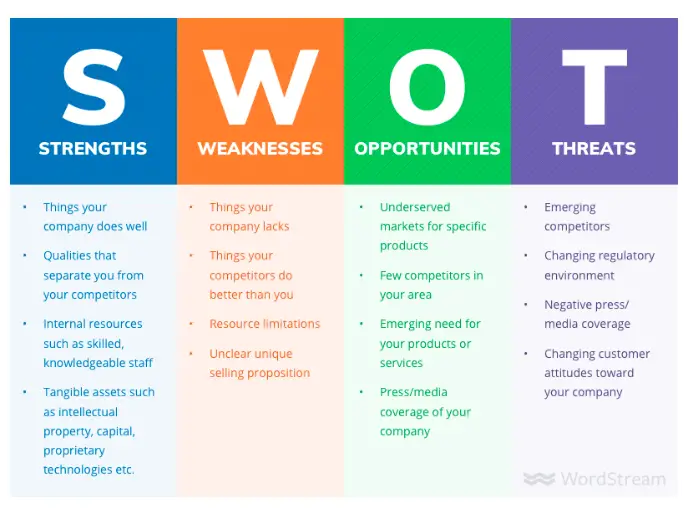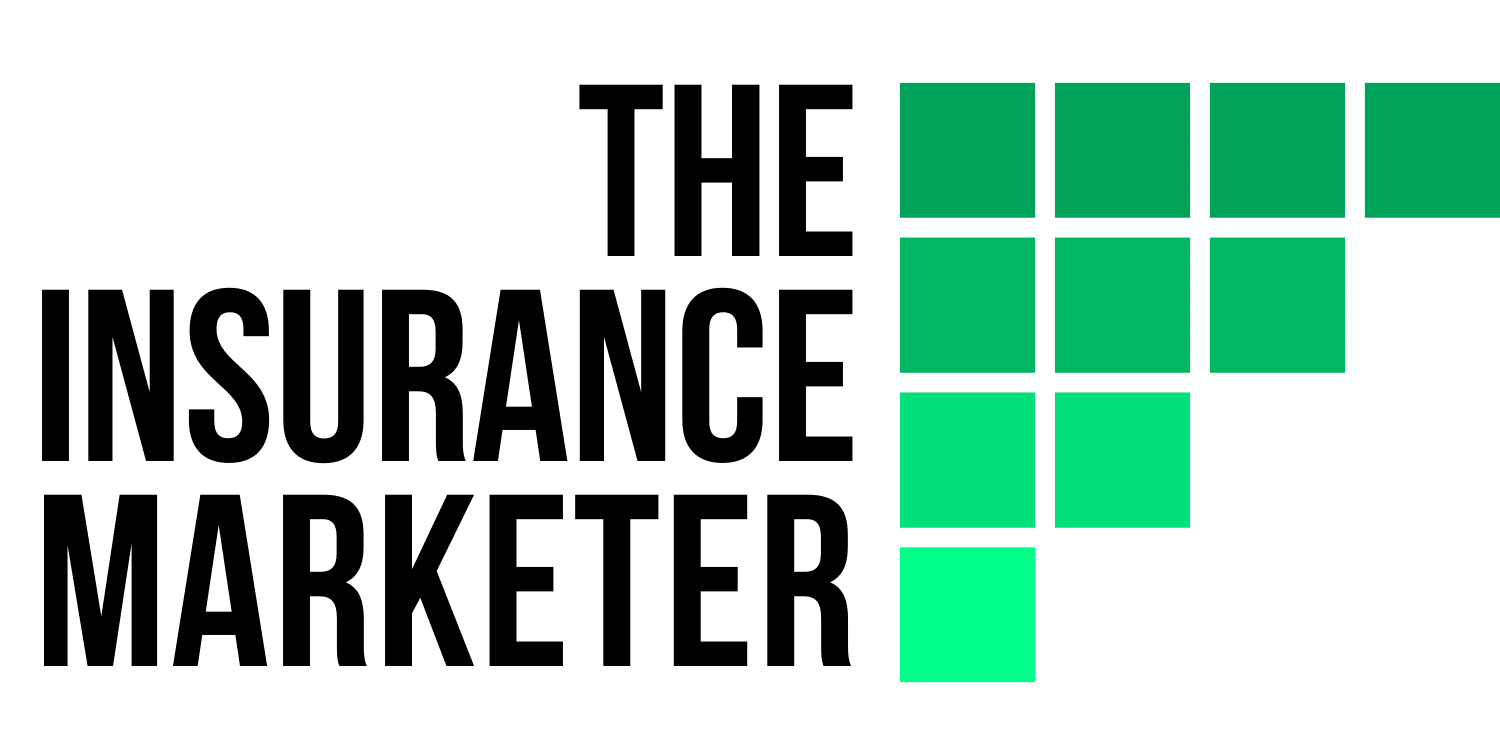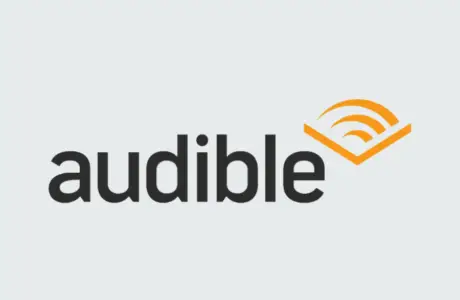When it comes to marketing, some companies have the luxury of hiring a marketing agency to help them create a marketing campaign. For other companies, this isn’t an option, so they have to create their own marketing campaigns from zero.
No matter what your situation is, you need to build a marketing campaign that’s designed to help you reach your target audience and drive real results. In this article, I’ll show you a step-by-step process for creating a marketing campaign that will help you reach your business goals.
What Is a Marketing Campaign?
In general, a marketing campaign is an action plan with a sequence of activities and processes which promote a product/service. Usually, one or more channels are used and coordinated to deliver the expected results within a specific time frame.
|
What is the difference between a marketing plan and a marketing campaign? A marketing plan provides the overall, high-level strategy based on the brand’s objectives over a set period of time (usually a year). A marketing campaign is a (one-off or ongoing) tactical initiative for a business to achieve a specific marketing goal within a shorter period of time. |
Define Your Marketing Goal
First thing first, you need to outline your overall marketing goal for your particular campaign.
The rule of thumb is to follow the SMART (Specific, Measurable, Attainable, Realistic and Timely) goals for best results.

Your goal could be gaining at least 10 new clients a month, adding 100 subscribers to your email list, getting 50 referrals from an online form and the likes.
Here are some common high-level marketing campaign goals for your reference. Choose the ones that most suit your business objectives.
- Increase sales
- Increase number customers
- Increase conversion rate
- Improve retention rate
- Cross-selling or upselling
- Increase customer retention
- Educate customers
- Promote new product
- Brand building/awareness
Setting a Budget
How much money you are planning to spend on your campaign will greatly affect the marketing strategies you choose. Here are different type of expenses you may need to include in your marketing budget:
Software: e.g. email marketing service, SEO tools like SEMRUSH to help to execute your online marketing strategy.
Hardware: You may also need to purchase new equipment, like computers, microphones, cameras, if you want to execute your strategy in-house.
Outsource/Freelancers: If you need to hire outside workers, the rule of thumb is to base everything on the working hours.
Content creation: Be it blog posts videos, photos, infographics, you will need to pay for it if you are to acquire them outside of your company. You can make reference to the current rate by checking freelancer platforms like fiverr or Upwork.
Print media: This may include flyers, bumper stickers, T-shirts, etc. And the cost is based on the quantity ordered.
Differentiate Your Offerings
Just about every insurer or agency can launch its marketing compaign. And chances. Here are different type of expenses you may need to include in your marketing budget:
So, how do you cut through the clutter?
You have to differentiate your offerings, such as the unique features and benefits in detail. You need to tell your prospects (the person who is referred) how your product/service is different from or even better than the competition.
Within this step, you also need to explicitly tell your prospect about your “unique selling proposition” (USP). What makes you different from your competitors?
Write a few sentences that explain:
- Why are you doing what you do?
- What problem are you trying to solve?
- Who are your customers?
- What you’re selling?
- What makes you different?
These questions will help you convince your prospective customers that you can help them solve their problems better than the others.
Identify Your Target Audience (or Persona)
Next, have a clear picture of whom you’re targeting and find out where they are.
In general, start by understanding the demographic as well as the psychographics of your target audience will help you craft a relevant marketing campaign for the best result. Here are some questions you warm you up:
- Who are your target customers?
- What are their motivations?
- What are their fears?
- How do they like being communicated to?
- Which social media or which sites do they visit regularly?
- If they’re using social media, what types of groups or topics will they be engaged in?
All these questions need to be answered before developing your integrated marketing strategy.
| Demographic Factors | Psychographics Factors |
|
|
Creating Your Content
You’ve done your research, you have a good picture of your persona in mind, and you’re ready to start creating the content.
While your marketing content can exist in many forms, it’s important to think about where does your content fits into the buyer’s journey along with your campaign goal.
For instance, if your campaign goal is to promote a new product, you might want to produce top-of-funnel (TOFU) content with a combination of explainer videos, user reviews, infographics or FAQs.
Or if you are to drive more sales with a customer referral program, then you will need to write copy for the program and blast it out to your email list, or a Facebook post or sponsored ad.
Examples of top-of-funnel (TOFU) content:
- PPC Ad (Google)
- Explainer videos
- Infographics
- Email newsletter
- Landing page
- Short blog posts (e.g. checklists, guides, or how-tos)
- Product comparison tables
- User reviews
- FAQs
Examples of bottom-of-funnel (BOFU) content
- Customer referral program
- Discount offer
- Case Studies
- Sales page
Don’t get too intimated up to this point. Chances are you don’t have to do everything yourself. Many companies outsource to freelance writers or agencies to do their writing, design or production videos.
You may choose to do some or all of the writing yourself, choosing to outsource some of your design. Whatever you decide, always make sure you keep your personas in mind throughout the entire creation process.
Choose Your Channels
Which communication channels are you going to use? Online or offline? Or a combination of both?
Depending on your target customers, some communication channels will be better than others.
Here are some common channels you may consider:
| Online Channels | Offline Channels |
|
|
Launch and Promote
Once you’ve finalized your content and decided on the execution channel, it’s time for launch and promotion.
There are a variety of tactics you can choose from, including those I mentioned above, such as social media, email, pay-per-click ads, landing pages and more.
However, not every channel will be right for your business. Ask yourself: What are the channels’ strengths and weaknesses? How will they help me reach my business objectives?
Measure and Analyze the Results
Here’s the final and most important part, measuring and analyzing your results.
You need to make sure that you’re spending your money on the right tactics and sending the most effective messages.
Here are some of the many ways you can measure and analyze your campaign’s performance:
- Number of view to your content (blog posts or videos)
- Email open rates and click-throughs
- Click-throughs and referrals from paid ads
- Engagement (likes, shares) on social media
- Number of sales calls or referrals initiated
Whatever way you decide to track your campaign, make sure you have enough information to compare the result before and after the campaign.
If you have achieved fantastic results, it will certainly become a credit in your job portfolio and can be used as a successful example for future campaigns.
Otherwise, you have to ask what went wrong and what could have been done to make it better to achieve your pre-set goal.
Conclusion
Hopefully, you can kickstart your next marketing campaign with the steps in this post. If you want to have a higher level view on how to create a marketing plan. Do read our post:
5-Minute Guide to Writing a Marketing Plan (with Examples, Templates and Tools)
Image by RAEng_Publications from Pixabay




